If you are a business dealing with lots of products needing to go out to a customer at once, you rely on your supply chain.
If it goes down, it can spell disaster for your business. KFC found this out in 2018, when a shortage of chicken cut their turnover from £445.8 million to £207.4 million.
But no matter what size your business is – or how complex your supply chain – managing it can be difficult. Coordinating logistics on a global scale, recovering from disruption when it occurs… it’s a tall order.
In this post, we’ll look at how the distribution process can be optimised across the board by using supply chain management software.
What is Supply Chain Management?
Before we dive into how to optimise supply chain management, it’s helpful to know what it actually is.
Supply Chain Management (SCM) is the management of the flow of goods and services through a business. It includes the whole process, from acquiring raw materials to delivering the final product. Good supply chain management streamlines this process, keeping efficiency high and costs low.
Supply Chain Management in the Distribution Industry
There are specific features that an SCM tailored for distribution usually has. These can include :
- Inventory Visibility and Management – Letting the user see inventory levels across multiple warehouses and distribution centres.
- Order Management and Fulfilment – The software manages order processing across the whole process, from order entry to fulfilment.
- Warehouse Management– Optimising common warehouse processes, including picking and packing and barcode scanning.
- Analytics and Reporting – Providing detailed reports to let the user see how the company is performing on key metrics and make changes if needed.
What different types of Supply Chain Management Software are available?
When you choose supply chain management software for your distribution business, there’ll be lots of different options.
There are a number of Sage 200 add-ons to extend the functionality of the core system to enable organisations to plan, action and report against their supply chain:
- The POP Management module enhances the Purchase Order Processing procedures including the ability to view and filter expected PO deliveries by date and time.
- Supplier KPI’s can be produced, showing KPI scores for Early, On Time, Late and Very Late deliveries.
- Values can be drilled into, in order to view individual Supplier Order lines and Stock Item KPI’s.
- Stock items can be flagged as requiring inspection on receipt, and will automatically be placed in an inspection area in the system.
For companies with overseas suppliers, Sage can manage the full cycle of container creation, linking multiple purchase orders, manage the stages of loading, travel and customs clearance.
If your company utilises past performance to determine future requirements, the Future Sales functionality will utilise historical sales and seasonal trends to forecast future sales demand to help drive purchase decisions.
Material & Resource Planning (MRP) can be used to identify when a Purchase Order (PO) or Works Order (WO) is required, who to order it from, how much to order and if it will be delivered in time. It provides suggested Purchase Orders to handle future stock shortages and by using current stock levels, sales orders and other demands, it can also determine when stock is required based on supplier lead time.
Business Intelligence tools such as PowerBI can be used to analyse data to present real-time dashboard information directly from Sage. When you embed business intelligence tools into the decision chain, it can provide instant access to the insights team members need. This could include supplier performance reporting, goods in dashboards, and warehouse replenishment dashboards showing KPIs that include stock outages. The beauty of utilising a BI tool is that it can be completely tailored to the companies requirements and the audience of users in that company.
Benefits of Supply Chain Management Software for Distribution Leaders
No matter what type of software you go with, there are plenty of benefits to using it.
Reduced carrying costs
Carrying costs are one of the biggest expenses that can come out of a distribution business. By bringing in a supply chain management system, you can reduce that, as you won’t have to be stockpiling as much inventory for nearly as long.
Visibility
Having a clear view of all stages of your process is vital – but especially distribution. Yours is the industry that succeeds or fails based on how quickly an item moves through your factory.
A good supply chain management software gives you that visibility. Shared dashboards give you data from across departments. This means you can manage stock levels efficiently, track distribution channels and check business performance, all from one platform.
Mitigating risk
Late shipments, logistical errors, or even a blockage in the Suez Canal – all these risks can wreak havoc on your business if you’re not prepared.
One of the benefits of a good supply chain management system is that it can detect issues early. This means your business isn’t as affected by any big technological or social issues, keeping you one step ahead of your competitors.
Order processing
Good customer service is key to any distribution business’ success. People aren’t shy about sharing their views when things go wrong – a good enough reason as any to make sure your process is efficient.
Supply chain management software automates order processing tasks. This eliminates manual errors and cuts processing time, meaning orders move through more promptly. It not only gets to the customer quicker, but is far less likely to be inaccurate, have parts missing, et cetera.
Improves collaboration between areas of supply network
When each area of a supply network is busy with their own demands, it’s unsurprising that collaboration isn’t always a priority. A supply chain management system can be crucial in improving this.
It allows streamlined communication, exchange of purchase orders and invoices, and sharing of production and quality-related information.
This helps improve relationships between suppliers, promoting joint problem-solving and making the whole supply chain more agile and responsive.
Implementing Supply Chain Management Software in Distribution Companies: Things to Consider
A quick note here: if you’re looking for guidance specific to your business, it’s best to get in contact with us as we can talk things through with you in detail.
Saying this, there are some general tips for those looking to bring in supply chain management software.
- Integrations with existing systems – To put it simply, certain types of SCM software integrate with other software you might use regularly. Make sure to check that the one you have your heart set on integrates with everything you need it to!
- Change management – Implementing new software will be a big change for employees and other stakeholders in any company. Make sure the right training and change management is in place to make sure it goes smoothly.
- Suppliers with industry experience – Though suppliers will happily work with all industries, you may feel more comfortable working with one who has experience in distribution.
As you can see, supply chain management software offers numerous benefits for distribution companies. It lets businesses optimise their processes to improve results, both inside and outside of the factory walls.
Ultimately, investing in the right supply chain management software can streamline operations, enhance productivity, and contribute to the overall success of a distribution business.
Are you interested in Optimising Supply Chain Management? PKF Smith Cooper Systems have you covered. Contact us on 01332 959008 or use the enquiry form.
Interested to know more about our Sage solutions?
Call 01332 959008 or enquire online today
"*" indicates required fields

